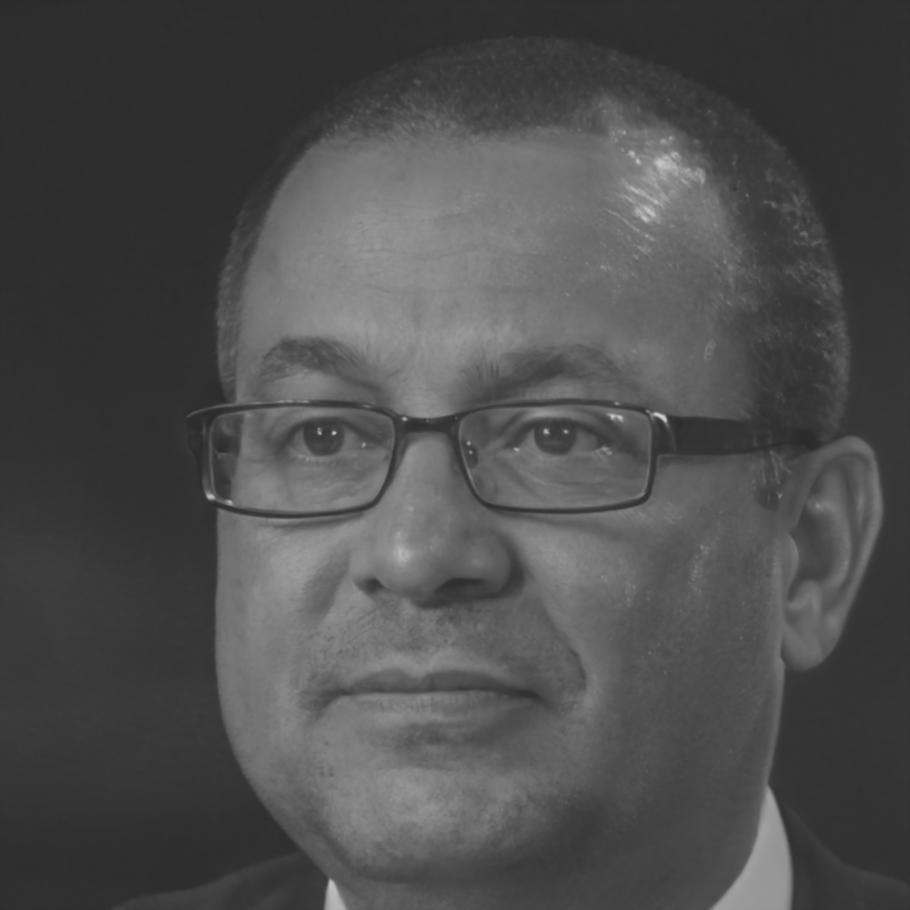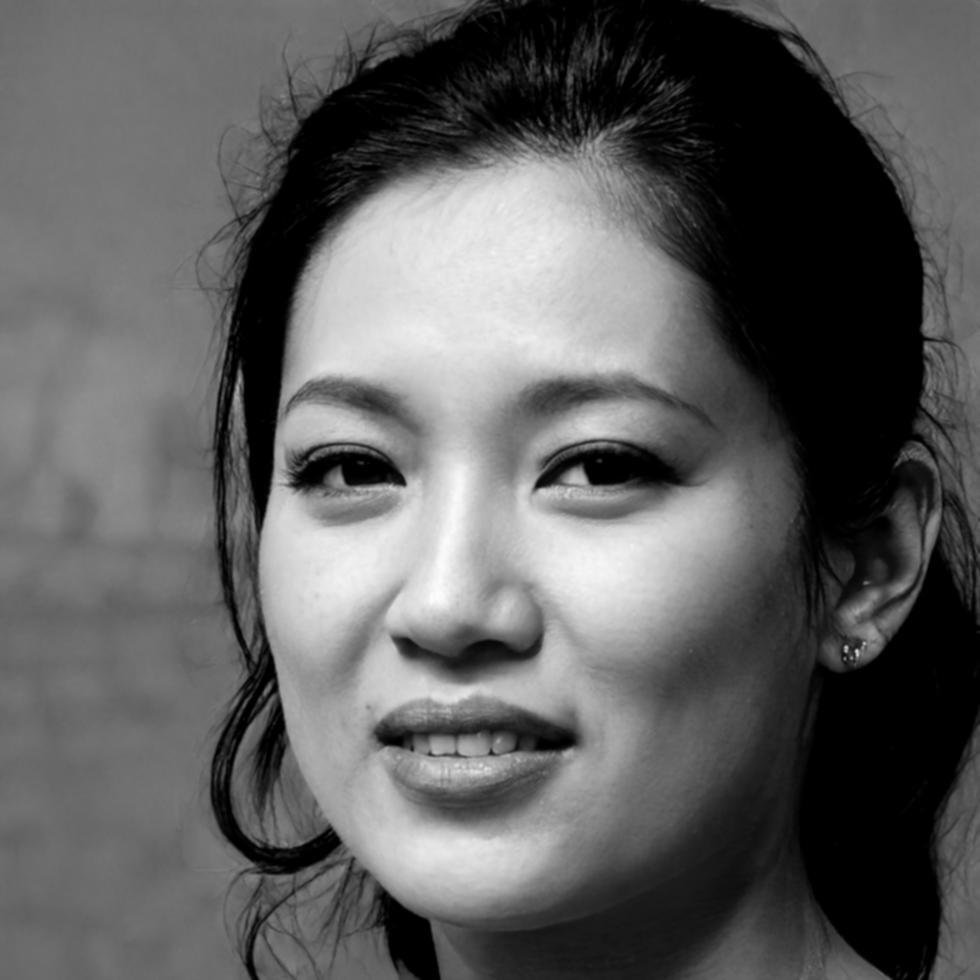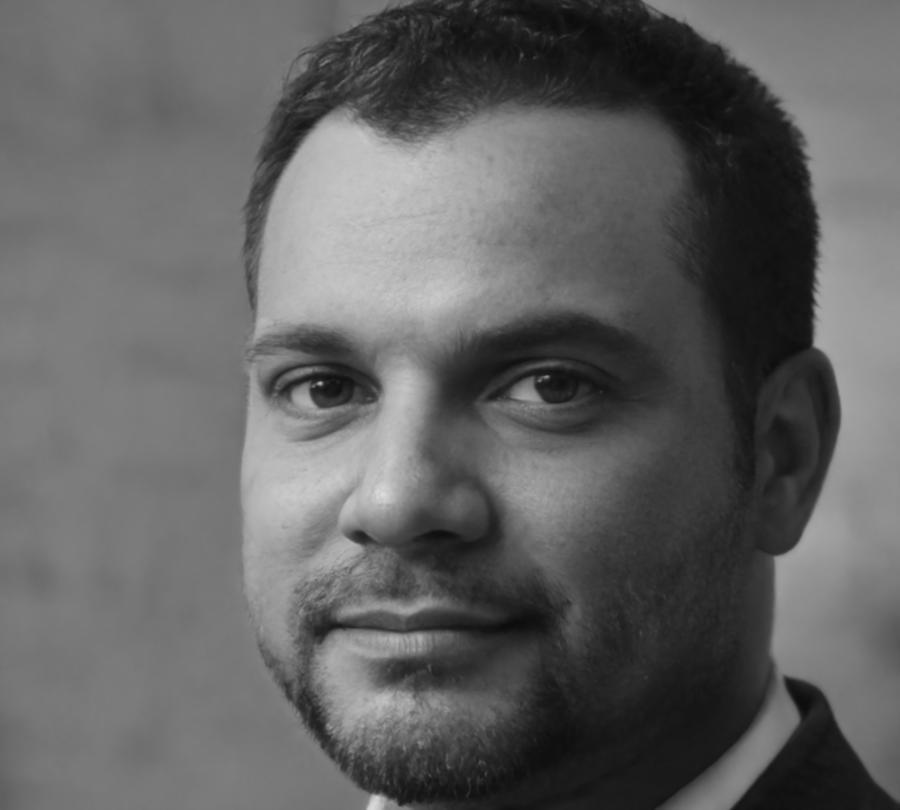Rolling Out Our Course: "Mastering Communication for Effective Management Strategies"
Unlock Brighter Futures—Learn, Grow, and Thrive Today
Step into SharpNetFlux — a place where learning feels less like a test and more like growing together. With a focus on building confidence through support and real-world connections, we’re all about helping you thrive, not just check boxes.
Is Our Course Suitable for Your Career Goals?
- Strengthened ability to maintain focus in a digital environment.
- Enhanced ability to manage stress
- Enhanced ability to leverage predictive analytics for strategic planning.
- Improved understanding of data analysis techniques.
- Heightened awareness of the importance of diversity and inclusion in organizational culture.
- Improved ability to facilitate online learning experiences




Master the Art of Impactful Connections
Participants in our management communication journey don’t just sit through lectures or memorize frameworks—they step into a dynamic process where learning feels alive, sometimes unpredictable, and always rooted in their own realities. From the very first session, there’s this subtle but deliberate interplay between the guidance of seasoned instructors and the room left for participants to navigate their own paths. You’ll revisit the fundamentals—yes, the core principles of clarity, persuasion, and active listening—but not as a checklist. Instead, they’re woven into real-world challenges, like crafting a response to a tense stakeholder email or leading a meeting where every second matters. The learning feels personal because it is; discussions veer into unexpected territory when someone shares a struggle that shifts the focus, and those moments often stick the most. And let’s be honest—there’s no magic formula where everything clicks at once. Confidence grows unevenly. You might nail the structure of a presentation one day, only to stumble when answering a tough follow-up question. But even those stumbles have value—they become benchmarks, reminders of where growth still lives. But perhaps most importantly, the process shapes how participants think, not just what they know. It’s not about stock phrases or polished scripts; it’s about learning to see communication as a living, breathing exchange and to adapt in real time. There’s a reason we believe in constantly evolving the material based on feedback—it keeps the program tethered to what’s actually happening in boardrooms, on Zoom calls, in the day-to-day grind. One participant once called a session on nonverbal cues “weirdly eye-opening,” not because the concept was new but because they’d never noticed how much their hands gave away their nerves. That’s the kind of insight that lingers. Still, we won’t pretend this journey solves every communication challenge. Sometimes, you leave with more questions than answers, and that’s okay. Because mastery doesn’t mean perfection—it means learning to navigate complexity with curiosity and clarity.
Contact UsEducational Packages and Pricing
We believe the right course should fit your goals, schedule, and learning style—not just your budget. That’s why our pricing is designed to be transparent and adaptable, making it easier to focus on what matters most: finding the best path for you. Everyone’s journey is different, and we want to make sure you have the flexibility to choose a plan that feels just right. Explore our options below to find your ideal learning path:
Elevate Your Skills: The Experience Within
-
Greater online etiquette awareness
-
Refined strategies for incorporating virtual reality in teacher training
-
Enhanced ability to discern credible sources
-
Improved application of neuroeducation principles
-
Increased proficiency in virtual writing and peer review
-
Understanding online academic integrity
-
Improved ability to create online cooking tutorials
-
Improved ability to navigate virtual reality environments

Your Guide to Digital Seminars
At Sharpnetflux, the online learning experience is designed to feel intuitive and engaging, putting students at the center of their educational journey. The platform combines interactive video lessons, downloadable resources, and real-time discussions with instructors to create a dynamic and hands-on approach to learning. Students don’t just passively consume information—they’re encouraged to dive in, ask questions, and apply what they’ve learned through practical exercises and projects. The instructors, who are not just experts in their fields but also approachable mentors, frequently host live Q&A sessions, ensuring no one feels stuck or unheard. What’s great is the flexibility; whether you’re a night owl or an early bird, you can adapt the pace of your learning to suit your schedule. And let’s be honest—there’s something empowering about being able to pause, rewind, or rewatch a lesson as many times as you need without feeling rushed. It’s not just about the content; it’s about creating a space where students feel supported and confident to grow.Consumer Reports
Raymond
Expertise grew fast—saved 5 hours a week and mastered clear emails and meetings in just two months. It’s life-changing.

Braylon
No more wasted hours—clear communication strategies have made managing tasks and team dynamics faster and smoother.

Mara
Brilliant! Learning to communicate like a true leader felt like unlocking a secret code—now every message lands with purpose!

Aleksey
That moment when you realize a 5-minute email can do what used to take an hour—how did I not learn this sooner?

Arturo
Fantastic! Cutting my project time by 30% and learning 5 new communication strategies felt like a real game-changer for me.

Our Team Dynamics
Because Learning is a Lifelong Journey
Knowledge transforms lives—it’s as simple and profound as that. The ability to communicate effectively, especially in the realm of management, isn’t just a skill; it’s a superpower. It builds bridges, resolves conflicts, and drives action. Yet, so many professionals find themselves stuck, unable to express their ideas with clarity or confidence. That’s where an institution like Sharpnetflux steps in, reshaping the way individuals approach communication in leadership and decision-making roles. It’s not about memorizing strategies or following rigid formulas; it’s about cultivating adaptability, empathy, and precision in every interaction. Grounded in a philosophy that values practical application over abstract theory, Sharpnetflux teaches management communication with a refreshing focus on real-world challenges. Their approach is rooted in small-group learning and dynamic exercises, ensuring students don’t simply absorb information but actively practice and refine their skills. The institution holds itself to high educational standards, blending time-tested principles with modern insights to create programs that are as rigorous as they are engaging. It’s not just a place to learn—it’s a space to grow, challenge assumptions, and leave equipped to lead conversations that matter.
Digital Teaching Philosophy
By tailoring its interactive educational platform to tackle the nuanced challenges of management communication, the company digs deeper into the individual needs of learners. For those struggling with articulating ideas under pressure, for example, the platform offers real-time situational simulations. These scenarios mimic high-stakes environments—think impromptu boardroom questions or team conflict resolutions—where participants can practice responding thoughtfully and effectively. And it doesn’t stop at generic feedback; the system pinpoints specific areas for improvement, like tone, pacing, or clarity, giving users a clear path to refinement. It’s like having a coach in your corner, nudging you toward better habits with concrete guidance rather than vague platitudes. One standout feature is the platform's ability to personalize the learning experience by adapting to individual communication styles and goals. Say, for instance, someone is naturally introspective and prefers deliberate, well-thought-out responses. The program doesn’t try to push them into becoming overly assertive but instead builds on their strengths by teaching them how to communicate their ideas with greater confidence and precision. On the flip side, someone who tends to dominate conversations might be guided toward fostering more balanced dialogue, ensuring their input doesn’t overshadow collaboration. By acknowledging these differences and adjusting its approach, the platform ensures that every user feels seen and supported, rather than shoehorned into a one-size-fits-all model.
Noemi’s approach to teaching management communication is a mix of precision and curiosity. She structures her lessons with clear objectives, yes—but there’s always room for detours, those unexpected discussions sparked by a student’s question or a real-world example she didn’t plan to share. Her classes feel alive, partly because she’s not afraid to throw in a wry joke or an anecdote about a misstep she made early in her career. It’s not performative; it’s just how she connects. Even when tackling dry or thorny topics, she somehow makes the material feel less like theory and more like something you’d actually use when the stakes are high. Her perspective is layered, built from years spent not just teaching but working directly in management roles, where polished communication wasn’t optional. That experience lets her predict the struggles her students might not see coming—how to handle a boss who doesn’t listen, or how to write an email that doesn’t accidentally irritate someone. Her classroom is practical, but not in a boring way. There’s a kind of energy that comes from her belief that communication isn’t just a skill; it’s a way of thinking. And while she rarely mentions her own writing, her articles in trade journals quietly ripple through the industry, pushing professionals to rethink what effective communication looks like. Students often say she challenges them in ways they didn’t expect. They arrive assuming they have the basics down, only to leave realizing how much deeper they can go. Still, her approach isn’t intimidating. One student wrote that her class felt like “figuring things out with a guide who knows where all the traps are.” Occasionally—though she’d probably deny this—she’ll share a moment of doubt or failure from her past, and it lands in a way that makes her lessons stick. The balance she strikes between high expectations and human connection is hard to pin down, but it works.
Submit Your Request
Receive the latest educational updates to keep your learning journey moving forward. Subscribe now.